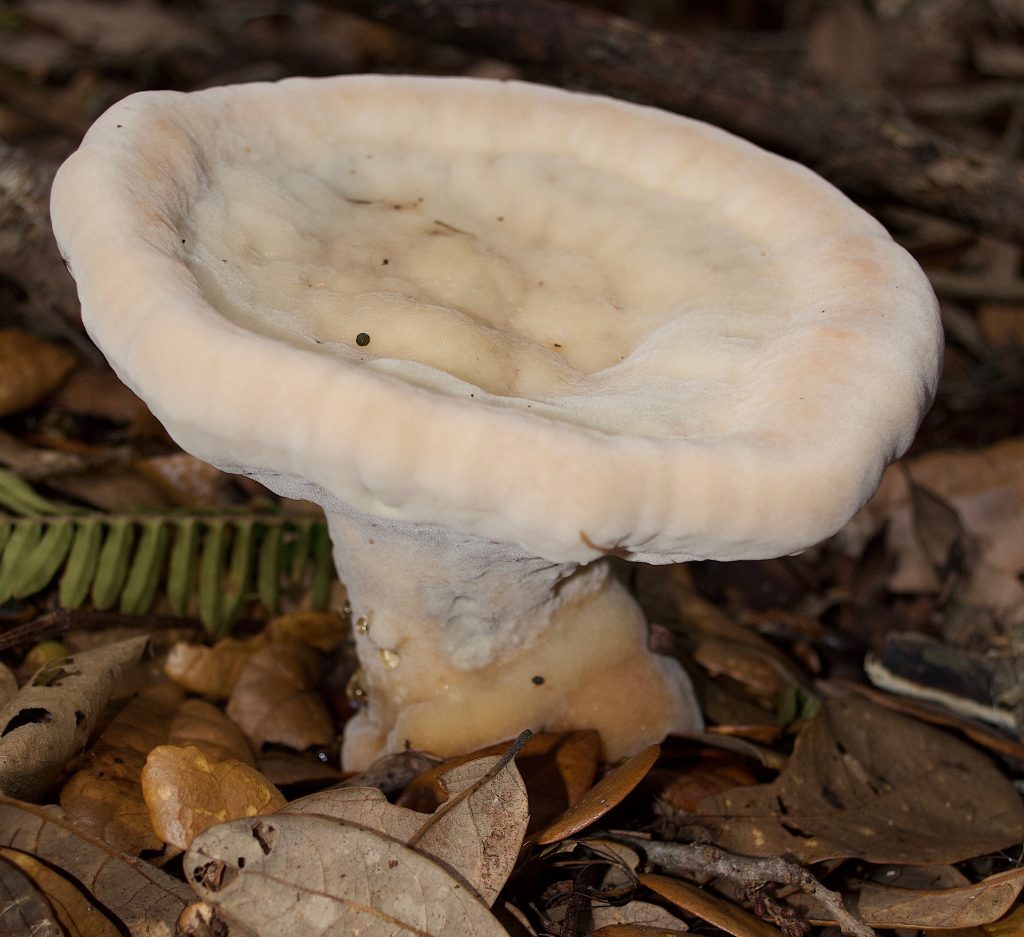
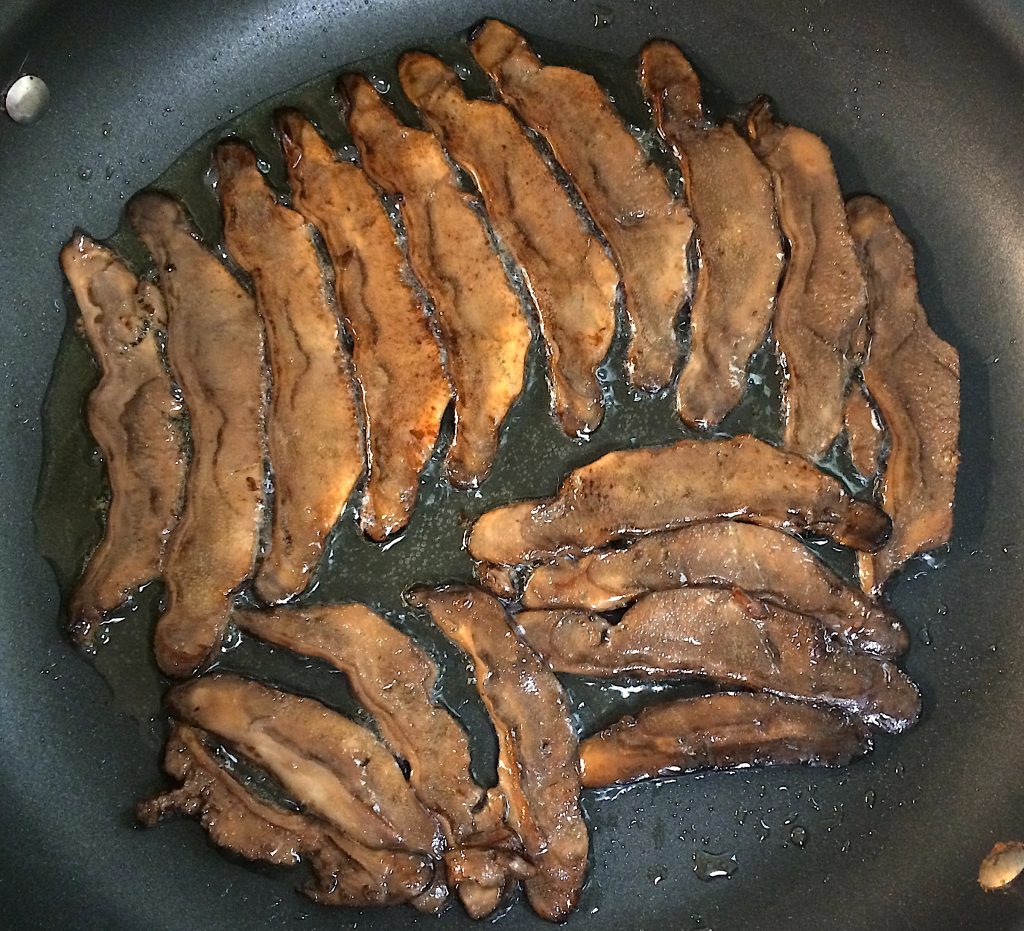
Yes it is edible but… we have perhaps three “Chicken of the Woods” fungi in Florida: Laetiperous sulphureus, L. gibsonii var. pallidus, and L. persicinus. The latter shares the same common name with another Laetiperous, the White Chicken of the Woods. The name Laetiperous (lay-TIP-er-ous) increases edible expectation because the other Laetiperous are enjoyable. Why mention this marginal mushroom? It is edible, is being found now, and is relatively easy to identify. It’s a large mushroom — up to about eight inches across — usually growing at the base of oaks, and stains black where ever you touch it especially on the light-colored underside. You can literally leave your fingerprints on it. The mushrooms has a mild flavor but a soft semi-crumbly texture. It doesn’t have a great mouth feel thus this “chicken” does better chopped up and put in a thick stew or soup. It needs some chef experimentation. In the fried form — above right — it improves with the addition of soy sauce.
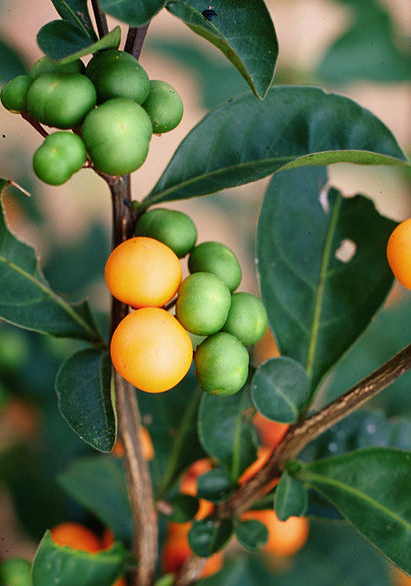
And what are we to do with the Two-Leaf Nightshade, Solanum diphyllum? This native to Mexico and Central America was first spied in the United States in Miami in the early to mid-1960s. It has spread since then and is a common shrub in south and Central Florida as well as parts of Texas and in southern France, Italy and Taiwan. It’s almost always reported as toxic. I wrote “almost” because some people say they have eaten a few ripe berries without noticeable issue. Our usual sources of plant expertise are no help with this greenery: Daniel Austin in his tome Florida Ethnobotany doesn’t mention the plant though he was a professor of botany in south Florida when the species was proliferating. His University of Miami boss, the crusty Julia Morton, doesn’t do us much better.
In her book Plants Poisonous To People in Florida she calls it Amatillo. Instead of having it in the main section of the book it’s in the back under “other toxins.” After a description she writes: “The ripe fruit is sweetish, not acrid like the Jerusalem Cherry, but the green fruit and leave probably contain solanine.” She adds “In one pasture, where there were several of these bushes, a horse had optical abnormality, was staggering and weak in the hindquarters and may have grazed on the foliage.” I think that means don’t eat the leaves. Morton finishes her entry with “We must regard it with suspicion until we have actual evidence of toxicity.” I would add the species in not mentioned in the Journal of Economic Botany which spans some seven decades and was created to bring lesser-known plants to public attention and use.
Not only is there a dearth of credible references regarding edibility reports fall short in the medicinal realm as well. An “Amatillo” is mentioned in Duke’s Handbook of Medicinal Plants of Latin America. Unfortunately it is a totally different species, Rauvolfia tetraphylla. Apparently there are several species commonly called “Amatillo.” No doubt there is a grandmother in Central America who knows exactly what to do with Solanum diphyllum. As a Nightshade it probably has some uses. The species might be mentioned in some Spanish texts but while I can misspell in two languages Spanish is not one of them.
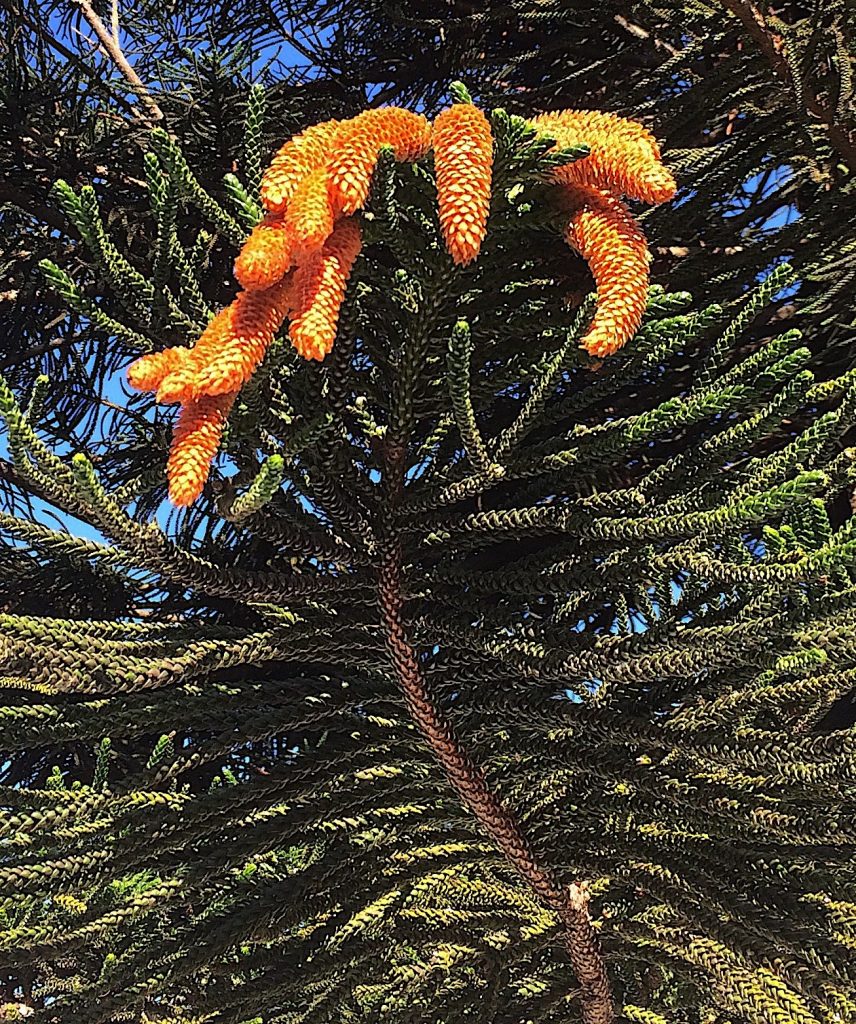
Norfolk Pines are not pines. They are, however, a distant relative of the pines and have some characteristics of that group such as cones. Locally the Norfolk Pines are sporting male pine cones to pollenate the female cones. The female cones are usually higher up and more hidden on the tree than the guys and more the shape of a soft ball. When the female cones drop the starchy seeds are ready to eat. This species is very similar to its close and much larger relative, the Bunya Buyna. That species goes through a similar process except the female cones are more shaped like a pineapple. When those drop the seeds are edible as well. Here in Central Florida we find the cones of both species usually in August. You can read about the Bunya Bunya here and see a video on it here.
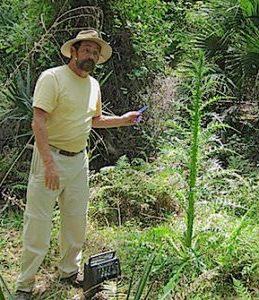
My foraging classes this weekend are mid-state and west coast. Ft. Meade is about the true center of the state’s peninsula. We wander around close to the headwaters of the Peace River. Wear bug spray. It’s one of only two non-coastal locations where I have found the Tallow Plum. And Sunday we revisit an old familiar location, John Chestnut Park on Lake Tarpon east of Tarpon Springs. It has a good amount of shade which is nice this time of year. Classes are about three hours long, we identify between four and six dozen edible species depending on the time of year and location.
Saturday June 29th: Ft. Meade Outdoor Recreation Area, 1639 Frostproof Highway, Fort Meade, FL 33841. (Frostproof Highway is also Route 98.) 9 a.m to noon. Meet at the brown bathrooms in the middle of the park which is due south from the highway. (Not the tan bathrooms near the intersection.)
Saturday July 6th, Bayshore Live Oak Park, Bayshore Drive. Port Charlotte. 9 a.m. to noon. Meet at the parking lot at the intersection of Bayshore Road and Ganyard Street. 9 a.m. to noon.
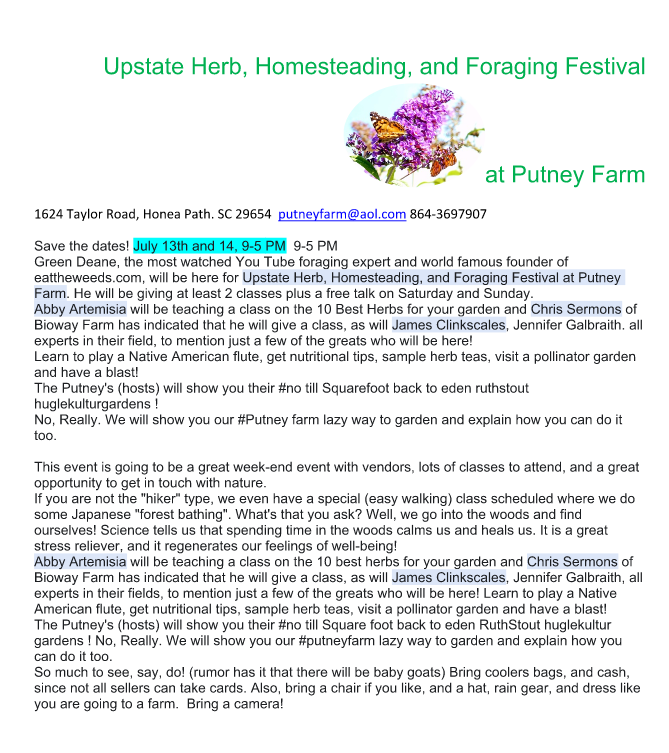
Saturday, July 13th, Sunday July 14th, 1624 Taylor Road, Honea Path, South Carolina. Ever want a class with Green Deane but he never seems to come to your neck of the woods? Then mark mid-July on your calendar. Green Deane will have at least four foraging class in Honea Path. Times 9 a.m. and 1 p.m. both Saturday and Sunday, rain or shine (except hurricanes.) Cost is $30 per adult, supervised children free. All of Green Deane’s classes are hands on, walking outside over two to three hours. Wild edible plants, medicinals and perhaps a mushroom or two will be on the agenda. For more information you can contact Putney Farm on Facebook or Green Deane at GreenDeane@gmail.com.
Saturday, July 20th, Boulware Springs Park, 3420 SE 15th St., Gainesville, FL 32641. 9 a.m. to noon. Meet at the Springhouse.
Saturday, July 27th, Wickham Park: 2500 Parkway Drive, Melbourne, FL 32935-2335. 9 a.m. to noon.Meet at the “dog park” inside the park.
Sunday, July 28th, Blanchard Park, 10501 Jay Blanchard Trail, Orlando, FL 32817. 9 a.m. to noon. Meet next to the tennis courts by the YMCA building.
Saturday Aug 3rd TBA
Sunday, August 4th Dreher Park, 1200 Southern Blvd., West Palm Beach, 33405. 9 a.m to noon. Meet just north of the science center in the north section of the park.
For more information about the classes or to sign up pre-pay go here.
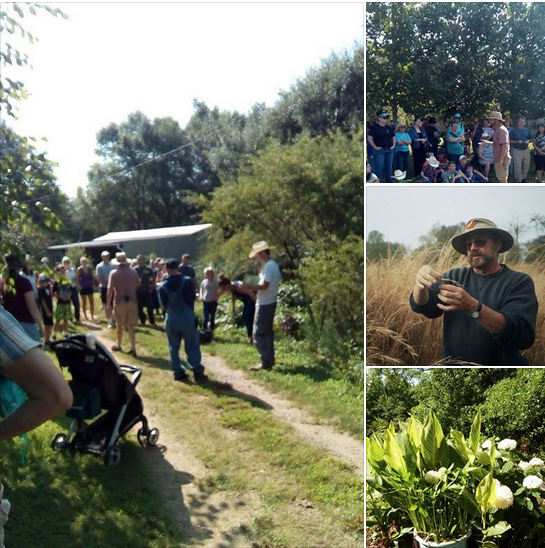
People are signing up for my upcoming foraging classes in South Carolina at the Putney Farm. It’s a two- day event with a lot of offernings. I will be there July 13th and 14th with two classes each day, approximately 9 a.m. and 1 p.m. The address is the Putney Farm, 1624 Taylor Road, Honea Path. There may be a small variation in the schedule because there’s plenty of events to attend besides foraging. My classes are hands-on. We scout around the garden and yard of the farm and surrounding area looking at wild and or escaped edibles and medicinals. For more information or to get on a list for a class email either me at GreenDeane@gmail.com or the Putney Farm at putneyfarm@aol.com. There is also more information directly above in Foraging Classes and at the bottom of this page.

Donations to upgrade EatTheWeeds.com and fund a book are going well. Thank you to all who have contributed to either via the Go Fund Me link, the PayPal donation link or by writing to Green Deane POB 941793 Maitland FL, 32794. Recent upgrades have been paid now the Forum needs work and several function problems need to be fixed specifically the search and categories. The other issue is finding an indexing program or function for a real book. Writing programs used to do it automatically if you designated a term for indexing. Now that most books are ebooks most writing programs do not provide and indexing function.
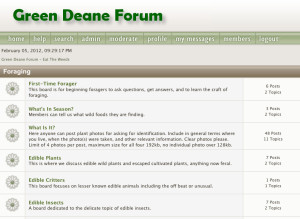
Want to identify a plant? Looking for a foraging reference? Do you have a UFO, an Unidentified Flowering Object you want identified? On the Green Deane Forum we chat about foraging all year. And it’s not just about warm-weather plants or just North American flora. Many nations around the world share common weeds so there’s a lot to talk about. There’s also more than weeds. The reference section has information for foraging around the world. There are also articles on food preservation, and forgotten skills from making bows to fermenting food. One special section is “From the Frightening Mail Bag” where we learn from people who eat first then ask questions later. You can join the forum by clicking on “forum” in the menu.
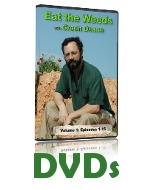
All My Videos are available for free on You Tube. They do have ads on them so every time you watch a Green Deane video I get a quarter of one cent. Four views, one cent. Not exactly a large money-maker but it helps pays for this newsletter. If you want to see the videos without ads and some in slightly better quality you can order the DVD set. It is nine DVDs with 15 videos on each for a total of 135 videos. Many people want their own copy of the videos or they have a slow service and its easier to order then to watch them on-line. The DVDs make a good gift for that forager you know especially as spring is … springing. Individual DVDs can also be ordered or you can pick and choose. You can order them by clicking on the button on the top right hand side of this page (if your window is open wide enough.) Or you can go here.
This is weekly issue #361.
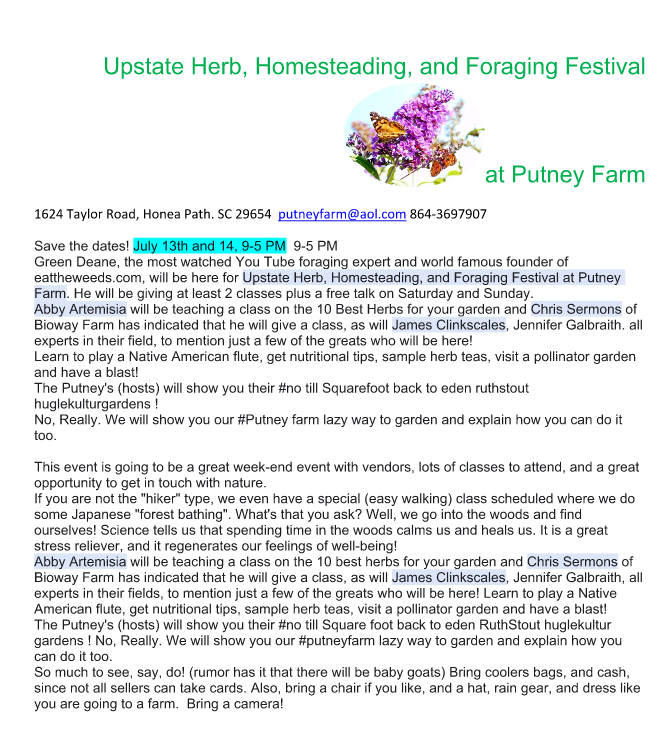


I’m just wondering how few and a bit late or even no comments on the Newsletter compared the situation before the Akismet use . I’m confident that people are still interested in reading and more loving to cast comments on the important text offered through your effort.